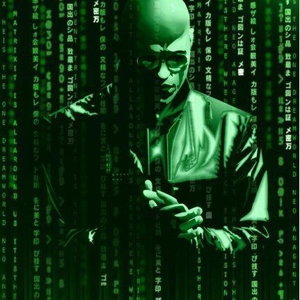
Hello,
The unattended file is used during the setup process, not after setup is completed.
You may want to look into using Autopilot
Thanks
Darrell
This browser is no longer supported.
Upgrade to Microsoft Edge to take advantage of the latest features, security updates, and technical support.
At my I.T. job we regularly get new computers to burn-in. The computers come with Windows 10 Pro preinstalled and it is my job to go through the Windows 10 Pro setup that shows up when first starting up the computer.
This guide exists:
https://learn.microsoft.com/en-us/windows-hardware/manufacture/desktop/automate-windows-setup
And there is an autounattend.xml file creator here:
https://www.windowsafg.com/win10x86_x64_uefi.html
However, the one bit that confuses me is in the instructions (from the first link above) it states:
"You can automate Windows installation by using an answer file: 1. Use a USB flash drive 2. Use an existing answer file or create your own with Windows System Image Manager (Windows SIM). 3. Save the file as Autounattend.xml on the root of a USB flash drive. 4. On a new PC, insert a Windows installation USB flash drive, as well as the flash drive that contains Autounattend.xml and then boot the PC. When no other answer file is selected, Windows Setup searches for this file."
Please pay attention to #4: "insert a Windows installation USB flash drive".. I'm confused if this means these instructions can only be used on computers that do not have Windows 10 installed yet. So, can I follow this guide for my situation or do I need to figure out another way? If another way, could you please link me to a guide?
Feedback would be greatly appreciated. Thank you!
Edit: Please note I did try to plug in a USB drive to a laptop I had to setup Windows for. I just put the autounattend.xml file on the USB drive and plugged it in when it showed the Windows setup screen (without the Windows install ISO because it had already been installed). This did not work.
Hello,
The unattended file is used during the setup process, not after setup is completed.
You may want to look into using Autopilot
Thanks
Darrell
Bump. Still trying to find an answer, thanks.

If you were building the actual Windows image and putting it on the first time, you would use System Image Manager (SIM) from the Windows ADK as the instructions suggest. This is what OEMs do to automate the installation of Windows. Some OEM will also create a second answer file for sysprep.
It sounds like you are getting computers with Windows installed already. When you are getting a new computer with Windows already installed, it will go through mini-setup and out-of-box experience (OOBE). This is what you are seeing when you boot the new computer.
Rather than creating the full unattended file to install windows, you could create a OOBE.XML file that addresses the OOBE screens that come up. You would have to boot each system to WinPE from a USB flash disk and copy over the oobe.xml file to the C:\Windows\System32\oobe\info folder, shutdown the system, remove the USB stick, and the boot the system to run through OOBE.
I hope that helps.

The way I use this process (not sysprep, not auto pilot) is with the XML file to blow any existing OS on laptops and install fresh Windows 10; non-domain joined; local accounts and auto-login to desktop. You plug the stick, power ON the PC, make sure it actually boots off the stick and walk away. I literally copied my XML from our old Windows XP "blow OS CD" and it worked less the product key of course.
What I am yet to figure out is how to leave the Windows 10 product key empty and have the installer use digital product key which now days is integrated into modern laptops. It works just fine with manual OS install by clicking "I do not have product key" and it then finds the digital license but how can one use this very same feature with the XML? Any help will be appreciated!